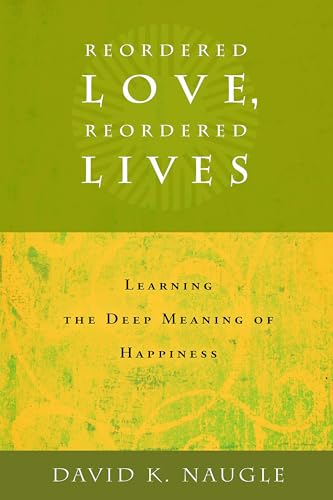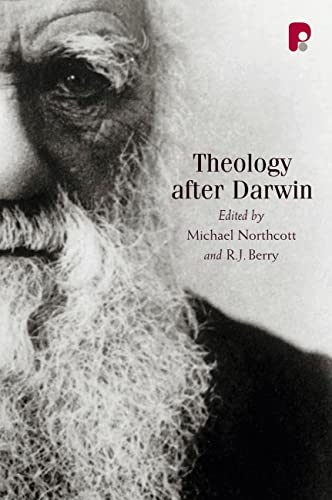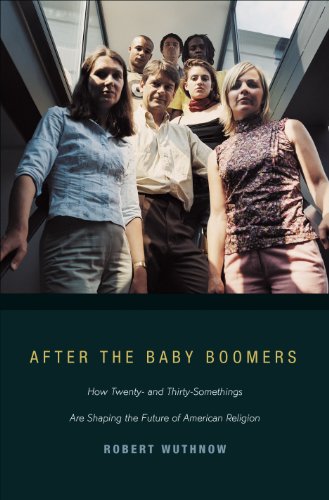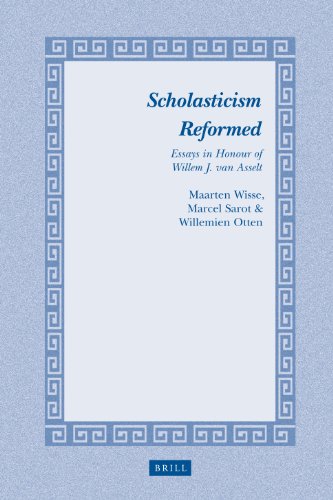The First and Second Letters to the Thessalonians
Written by Gordon D. Fee Reviewed By Anthony C. BrammallGordon Fee has given us a new commentary on 1 and 2 Thessalonians in the NICNT series, of which he is currently the series editor. It replaces Leon Morris’s thorough but in some ways outdated volume written forty years ago. The NICNT commentaries now use the TNIV text, but commentators are at liberty to provide alternative translations.
The last two decades have produced quite an array of solid commentaries on these two letters, including Wanamaker, Gaventa, Malherbe, Gene Green, Beale, and Witherington. What has Fee given us that was not already available in these others?
Fee here demonstrates his established reputation for careful exposition, and he does not disappoint us. This is an exegetical commentary, and as such it wisely avoids surmising the answers to questions that the lack of textual evidence forces us to leave unresolved. Concerning the day of the Lord and katechon (“hold back”) in 2 Thess 2:1–7, for example, he writes, “There is much they [the Thessalonian church] already know, which will help them to ‘connect the dots’ as it were, but which is simply not available to us” (p. 278). Another example of Fee’s commendable reluctance to speculate is in 1 Thess 2:18. What does “Satan hindered us” mean? Fee makes no comment at all. Wise reluctance, to be sure; but something by way of explanation would be helpful, as, say, Morris gives (though, like Fee, without going beyond what the text reveals).
Careful though the exegesis is, it is also refreshing that Fee does not feel constrained simply to exegete. He is very willing to insert a few paragraphs of well-considered application at the ends of sections. These are helpfully relevant to the contemporary church. At times, quite appealingly he writes these sections as he might preach: the exhortations to preparedness in 1 Thess 5:1–11 are “to do not with living ‘uptightly’ … but uprightly” (p. 200).
Similarly, Fee offers readers sound, applied theological comments on various subjects in the text such as perseverance and prophecy. He rightly exhorts all, but especially those in church ministry, to perseverance (see comments on 1 Thess 2:11–12), which must be seen in the context of God’s sovereign faithfulness in 5:23–24. And he is clear about Paul’s normative approach to prophecy, especially in 1 Thess 5:19–22. Fee’s viewpoint is, as in other commentaries (e.g., 1 Corinthians), mildly and cautiously Pentecostal. He argues against any hermeneutical support for a modern prohibition of prophecy, from this passage along with 1 Corinthians 14. However, he is very measured at this point, urging all to pay regard to the criteria of purpose, content, and “helpfulness to the believing community” when testing prophecy (p. 222). The key to the appropriateness of prophecy within the body of Christ, he argues, is not to dismiss it or assume its cessation, but to use it rightly, as Paul prescribes.
On the whole, Fee’s treatment of eschatological passages in these letters is measured and helpful. He is right to point out Paul’s purpose in these passages: to encourage Thessalonian Christians in the midst of uncertainty and persecution, not to provide the kind of specific information about end times events and characters we might be tempted to seek. In passages like 1 Thess 4:13–18, Paul provides “reassurance and hope for beleaguered believers” (p. 190), so is offering hope, not threat. This is, likewise, the way such passages should be treated in today’s church. We are used to Fee being provocative at times, and here he stridently refutes the theology underlying the “Left Behind” series. He shows why such interpretations are unbiblical and is prepared to label them “false teaching” (p. 182). His comments about the debate between “going to heaven” and “living on a new earth” interpretations are excellent: Paul’s whole point is surely relational (“being with the Lord,” 4:17), not locational.
Having said that, though, there are places where Fee is so keen to eschew eschatological speculation that his thin comments are dissatisfying. Granted, in 2 Thess 2:3–10, the precise identification of anthrōpos tēs anomias (the “man of lawlessness” or “Rebel” as Fee identifies him) and the katechon (‘what/who holds it back’) are too difficult and speculative to make pronouncements about. But Fee so strongly avoids any discussion of the options that in the end we are left (to use a rather Thessalonian phrase!) truly up in the air. Other commentators—Green, Morris and Beale, for example—at least present us with some background and possibilities, before warning us against past and present dangers of speculation.
Fee’s focus on the Trinitarian theology and the high Christology of these letters (particularly his application of Lord to Jesus in 1 Thess 3:11–13) builds on his previous thorough exegesis of 1 Cor 8:6 and its Shema foundation. In other places, too, he presents convincing alternatives to standard interpretations: he argues (with Wanamaker) for “vessel” (meaning the male sexual organ) in 1 Thess 4:4, urging the need for holiness in Christians’ sexual conduct; and in 1 Thess 2:7 for nēpioi (“infant”) rather than ēpioi (“gentle”), explaining why Metzger’s preference makes better sense in this context.
The commentary’s sparse introductions (six pages for each letter) will disappoint some, but all the significant background matters are covered, and readers seeking more detail can look elsewhere. The commentary is exegetically careful, theologically reliable, and practically applied in a refreshingly helpful style. Not everybody will be satisfied with its lack of eschatological detail, but in a sense that is one of its strengths: to keep Paul’s main thing (comfort, reassurance and hope in Christ, not precision in detail) the main thing.
Anthony C. Brammall
Sydney Missionary and Bible College
Croydon, New South Wales, Australia
Other Articles in this Issue
Most of us, I suspect, develop fairly standard ways, one might even say repetitive ways, to appeal to the motivations of our hearers when we preach the gospel...
How to Write—and How Not to Write—A Review: An Appreciative Response to Reviews of Ancient Near Eastern Themes in Biblical Theology by Dempster and Edgar
by Jeffrey J. NiehausI want to thank Themelios for the unusual opportunity to interact with two reviewers of my book Ancient Near Eastern Themes in Biblical Theology...
Parallels, Real or Imagined? A Review Article of Jeffrey J. Niehaus, Ancient Near Eastern Themes in Biblical Theology
by William EdgarWhen I came to Westminster Theological Seminary in Philadelphia as a young student in the 1960s, two things struck me...
Why Evangelicals Should Ignore Brian McLaren: How the New Testament Requires Evangelicals to Render a Judgment on the Moral Status of Homosexuality
by Denny BurkIn 2006 on Christianity Today’s leadership blog, Pastor Brian McLaren urged evangelical leaders to find a “Pastoral Response” to their parishioners on the issue of homosexuality...
A Member of the Family or a Stranger? A Review Article of Jeffrey J. Niehaus, Ancient Near Eastern
by Stephen DempsterWe cannot overstate how important knowing the context is for understanding the significance of any communication, whether that is a simple word, sentence, paragraph, larger text, sign, photograph, or cultural cue...







